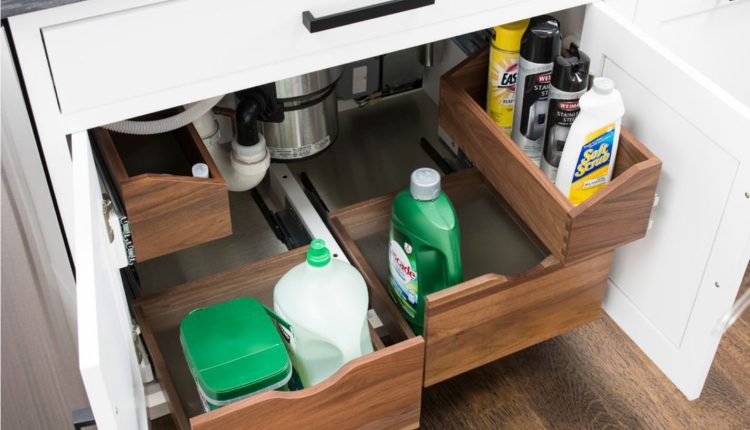Safe Spaces: Guidelines for Secure Household Chemical Storage
Safe storage of household chemicals is a critical aspect of maintaining a secure living environment. Household chemicals, ranging from cleaning agents to pesticides, can pose significant health risks if not handled and stored properly. Accidental ingestion, inhalation, or skin contact with these substances can lead to serious health issues, particularly among children and pets who are more susceptible to their harmful effects. This article provides essential guidelines on how to store household chemicals safely, mitigating risks and ensuring the well-being of all household members.
Understanding the Risks
Household chemicals contain various compounds that can be toxic, corrosive, flammable, or reactive. Improper storage of these substances can result in chemical burns, poisoning, respiratory issues, and even fires or explosions in extreme cases. Recognizing these hazards is the first step toward implementing safe storage practices.
Reading Labels Carefully
Manufacturers provide vital information on product labels, including safety instructions and storage recommendations. Always read these labels thoroughly before storing chemicals. Look for symbols indicating the substance’s nature (e.g., toxic, flammable) and follow any specific guidelines mentioned to avoid adverse reactions between different chemicals.
Choosing the Right Storage Location
Select a storage area that is cool, dry, and well-ventilated, away from living spaces, food, and water sources. Basements, garages, and utility rooms often serve as suitable locations, provided they meet these conditions. Ensure that the area is out of reach of children and pets and avoid storing chemicals on high shelves or in areas prone to flooding.
Using Original Containers and Secure Shelving
Store chemicals in their original containers with labels intact to avoid confusion and potential mishandling. Transferring substances to different containers, especially food or beverage containers, can lead to accidental ingestion. Use stable shelving units that can support the weight of the products without risk of tipping or collapsing.
Separating Incompatible Chemicals
Certain household chemicals can react dangerously when mixed. Store acids away from bases and flammable substances away from sources of heat or ignition. Consult product labels or a professional if you’re unsure about compatibility.
Limiting Access
Use childproof locks or latches on cabinets and storage areas containing hazardous chemicals. Consider a lockable storage cabinet for highly toxic or flammable substances to prevent unauthorized access by children, guests, or pets.
Maintaining an Inventory
Keeping an inventory of household chemicals can help you track what you have and ensure that old or unused chemicals are disposed of properly. This practice also aids in emergency situations, providing first responders with valuable information about potential hazards in the home.

Proper Ventilation
Ensure adequate ventilation in the storage area to prevent the accumulation of fumes. This is particularly important for volatile substances that can emit harmful vapors, even when containers are closed.
Disposal of Unused or Expired Chemicals
Dispose of chemicals that are no longer needed or have expired according to local regulations. Many communities offer hazardous waste collection programs to safely handle these materials. Never pour chemicals down the drain or into the trash as they can contaminate water sources and the environment.
Emergency Preparedness
Keep emergency contact numbers, such as Poison Control, readily available in case of accidental exposure or ingestion. Familiarize yourself with basic first aid measures for chemical exposure and have a first aid kit accessible.
Conclusion
Safely storing household chemicals is essential for preventing accidents and ensuring the safety of your home environment. By following these guidelines, you can minimize the risks associated with these substances. Remember, the key to safe storage is not just about proper placement but also about handling chemicals responsibly, staying informed about their hazards, and being prepared for emergencies.

